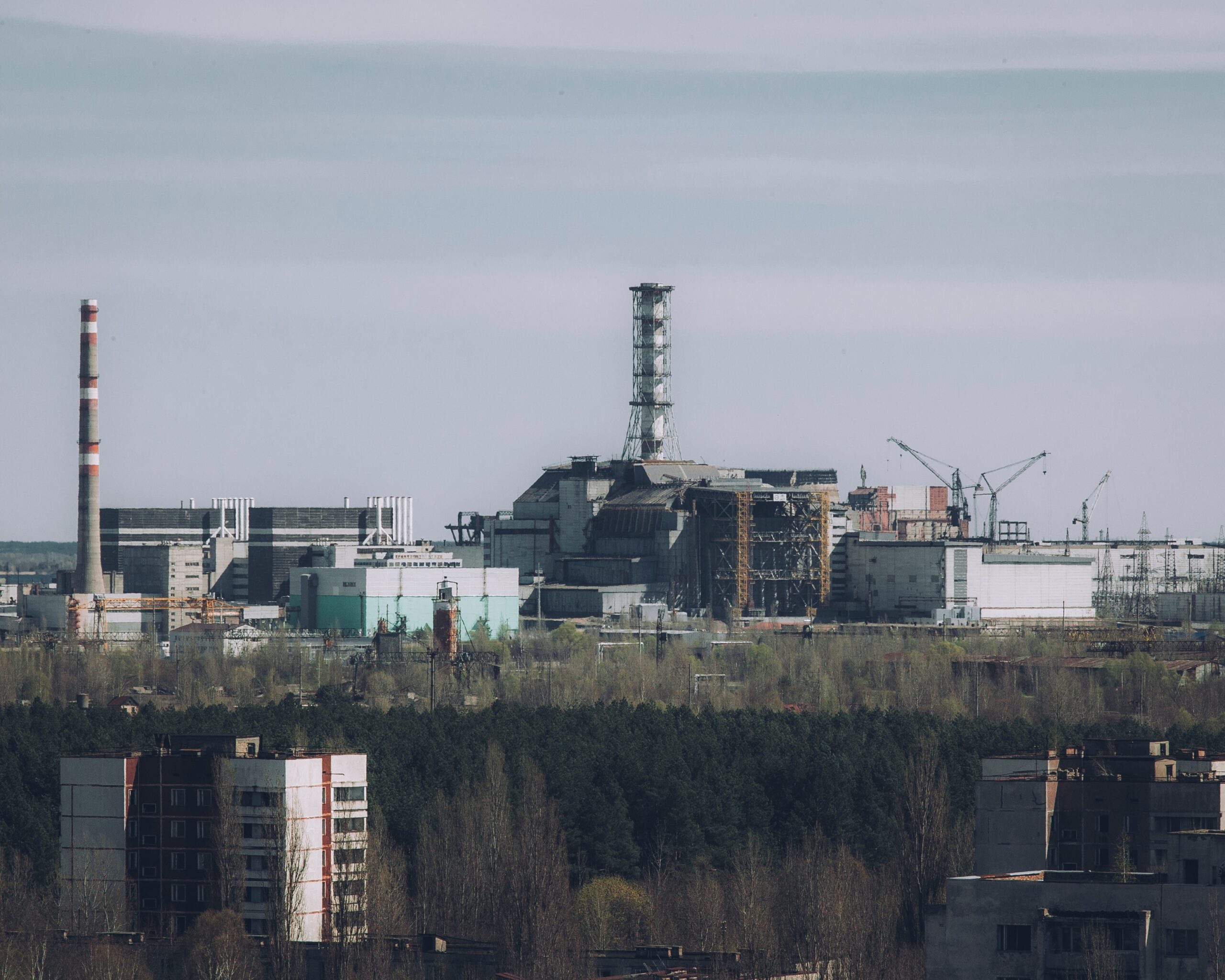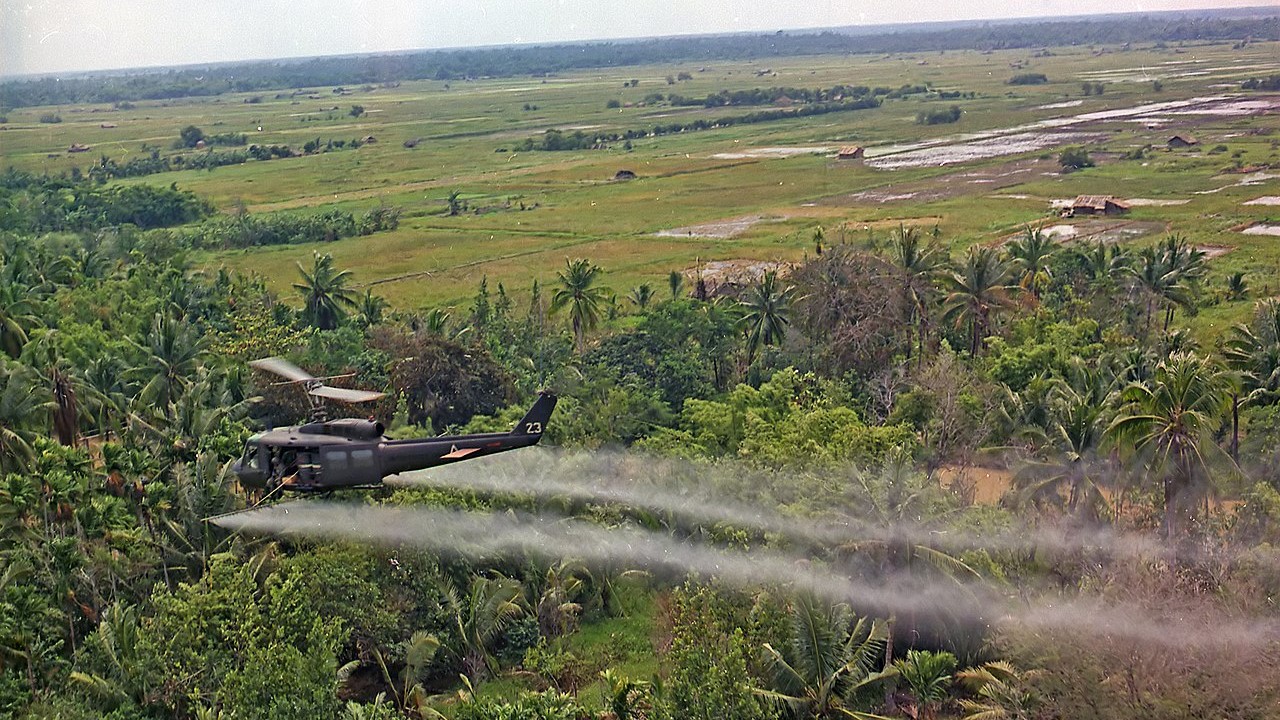Worth knowing
Menschgemachte Katastrophen
In the appendix the text for the over page man-made disasters: Natural disasters have always accompanied us. Depending on their magnitude, they have devastating effects on the earth and can negatively impact humans, animals and plant life for years. Natural disasters often occur in an area of conflict between the human and natural systems. Humans can influence natural disasters and natural events with their presence through feedback. For example, it is possible that global warming can lead to increased storm activity and, on the other hand, humans can put themselves at risk by changing settlement activity. While natural disasters have a more implicit reference to humans, so-called man-made disasters explicitly indicate human influence.
This is because, as the name suggests, man-made disasters are specifically the result of human intent, negligence, or error. The disasters may directly or indirectly pose a serious threat to public health and/or welfare and unfortunately have multiple sources of origin. In addition, man-made disasters are often difficult to predict, making it necessary to respond to the event through vigilance, adequate preparation, and response. The source of man-made disasters is often categorized as sociological (e.g., terrorism), technological (e.g., power outage) hazards, or hazardous materials (e.g., radiation contamination).
Some of the most significant man-made disasters are the catastrophe in Bhopal, India, in which toxic gaseous methyl isocyanate leaked from an insecticide factory in 1984, the nuclear disasters in Chernobyl and Fukushima (1984 and 2011, respectively), the use of the defoliant Agent Orange in Vietnam (1961-1971), or the chemical accident in Jilin, China, in which chemicals from a petrochemical factory flowed into the Songhua River as a result of an explosion in 2005. The explosion disaster in the port of Beirut in 2020 or the dam burst in Kherson in 2023, which occurred during the Ukraine war, show that man-made disasters unfortunately continue to generate new relevance.
In most cases, the affected victims are not to blame for the occurrence of man-made disasters. Moreover, they are often exposed to the negative impacts for many years. Those responsible for these disasters often shirk their responsibility, leaving those affected to fend for themselves and struggle with the long-lasting negative consequences. For this reason, Green Cross Switzerland supports those affected by industrial and military disasters by providing medical, social and psychological assistance. It is our task in these cases to help people, animals and nature directly. We do this in careful cooperation with companies, partners and public bodies.
Below you will find background information on two events for which we provide humanitarian aid.



